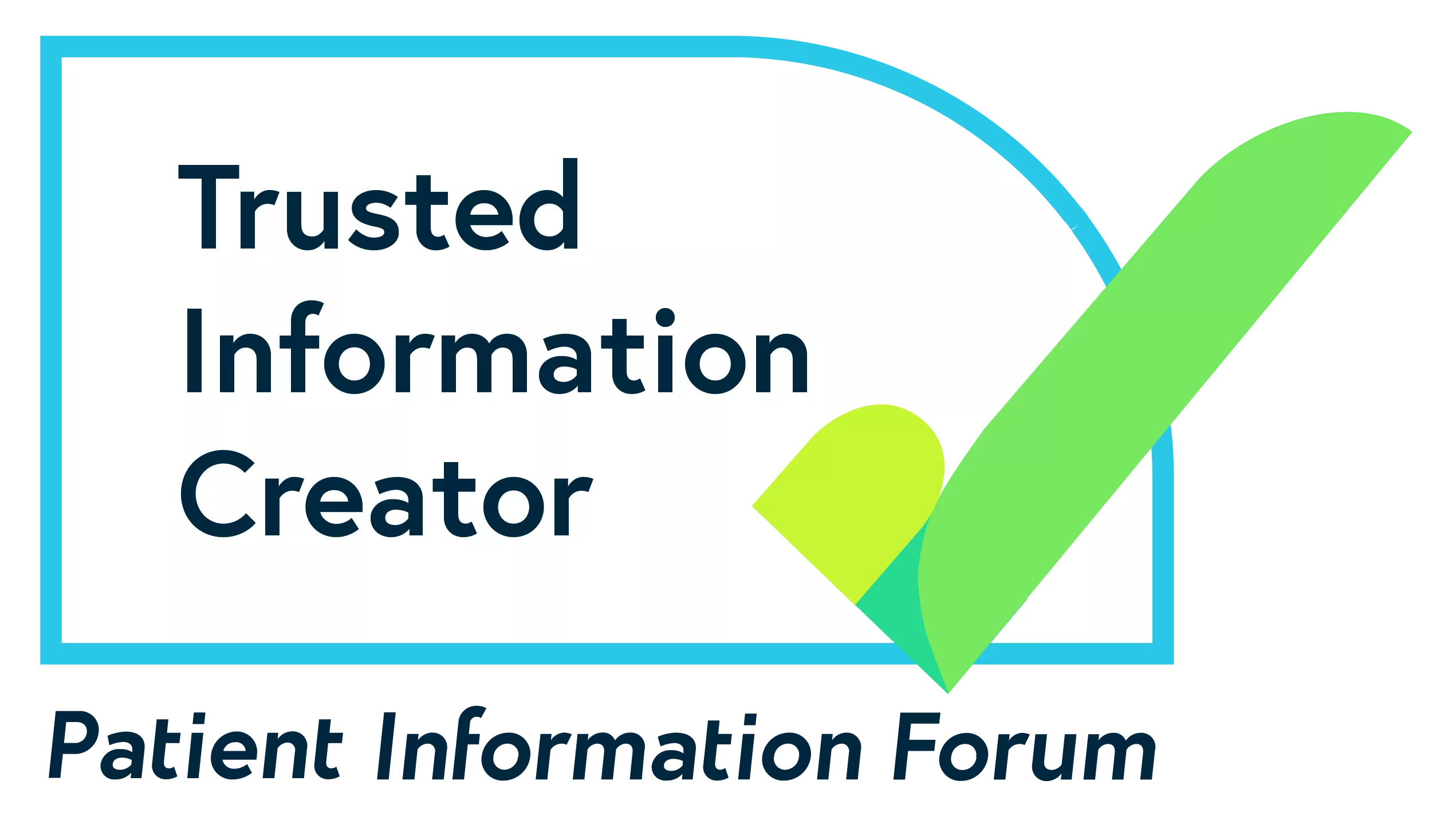How to be mentally healthy at work
Learn how you can be mentally healthy at work, with suggestions for what you can do and where you can get support if you experience poor mental health.
Types of work
You can choose from different types of work to suit your mental health needs. This information explains each type, as well as some of the pros and cons you may encounter.
On this page:
- Flexible working
- Part-time work
- Shift work
- Casual work (zero-hours contracts)
- Working from home
- Self-employment
By understanding what type of work suits you best, you might feel more able to manage your mental health. When deciding, try thinking about the following questions:
- How many hours you can work. Do you have other commitments that take up your time?
- When you can work. Do you need time in the day to go to appointments, or evenings free for childcare?
- Where you work. How long do you want to commute and what environment would suit you?
- Who you work with. Do you prefer to work on your own or with other people?
"Many employers now realise, perhaps for the first time, that supporting people with mental health conditions at work is really important, and rewarding."
What is flexible working?
Flexible working is a way to have more control over how, where and when you work.
Choosing your own working hours is one example. With this you may have to work certain 'core hours', such as 10am to 4pm. You can vary your start and finish times outside these hours.
Flexible working can also mean job sharing (letting people share a job) or regularly working from home.
Some advantages of flexible working
- You have control over your hours, which can improve your work-life balance.
- You can more easily avoid rush-hour crowds, traffic and peak travel costs.
- You can be available to attend medical appointments.
Some disadvantages of flexible working
- Not always doable, as certain roles require you to work set hours sometimes.
- If you struggle with creating structure and routine, it can be challenging.
You have the right to request flexible working once you've worked somewhere for 26 weeks or more. For details on this, you can read the Government information on flexible working.
My employer gives me the chance to do a more flexible working hour schedule, as long as the work is done.
Some advantages of part-time work
- You can have a better work-life balance with the extra time you gain.
- You have more time to attend medical appointments and look after your wellbeing.
- If you have children or someone to care for, you can have a more regular schedule.
Some disadvantages of part-time work
- Your income may be lower due to working fewer hours.
- You don't have as much time to get to know your colleagues.
- In your working hours, you have less time for training and development.
Some advantages of shift work
- Your hours of work and days off are more flexible.
- You have more time in the day for medical appointments and looking after your wellbeing.
- If you take medication in the morning that makes you drowsy in the day, working late might suit you.
Some disadvantages of shift work
- You might feel you have a lack of routine, less stability and structure.
- If you work evening and night shifts, this can be linked to sleep problems.
- Your social life might be impacted if you often work at odd hours.
Some advantages of casual work
- You can choose the amount of hours you want to work each week.
- Your employment can usually end without having to serve a notice period.
- You can gain some extra income by doing this type of work on the side.
Some disadvantages of casual work
- As you have no definite hours of work per week, you have no guaranteed income.
- Your hours can be unpredictable and offered at the last minute.
- You're not always entitled to statutory benefits (such as sick pay, annual leave and maternity or paternity pay).
Some advantages of working from home
- You may be able to work in a quieter environment with fewer distractions.
- You rarely need to travel for work, or maybe never at all.
- You have fewer social interactions (which can be positive if you have social anxiety, for example).
Some disadvantages of working from home
- You might not get as much direct support from your employer.
- You might have a lack of suitable work equipment at home.
- You can feel isolated and not part of your team or company.
- Switching off from work at the end of the day can feel difficult.
Some advantages of being self-employed
- You have complete control to choose the hours you work.
- Work from home, a co-working space or wherever suits you.
- You have greater choice over who you work with and the work you want to take on.
Some disadvantages of being self-employed
- As you have an unreliable workload, this could also mean an uncertain income.
- You might find it hard to find stability and a sense of routine.
- You have fewer employment rights – see the Government information on self-employment rights.
This information was published in December 2020.
This page is currently under review. All content was accurate when published.
References and bibliography available on request.
If you want to reproduce this content, see our permissions and licensing page.












